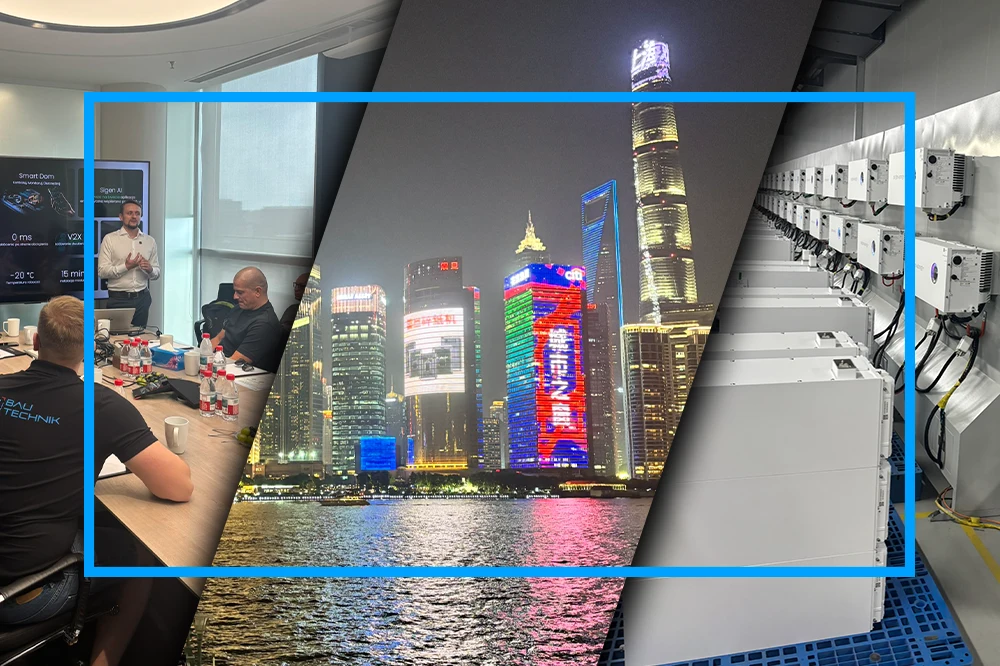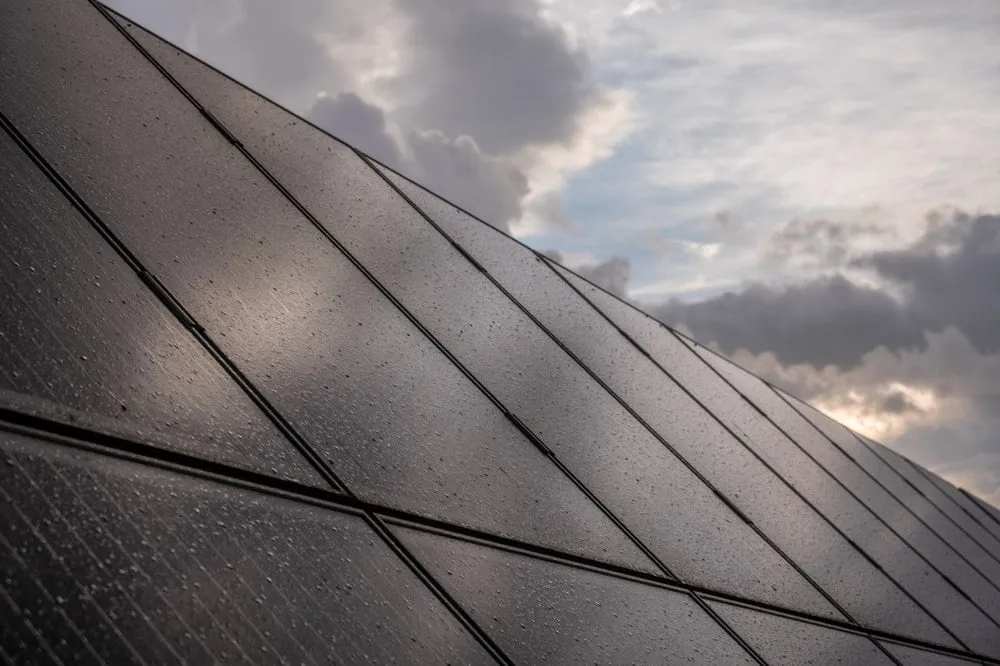
12-06-2024




Jesteśmy firmą z Jarocina, której początki sięgają 2011 roku. Wtedy zaczęliśmy realizować drobne projekty fotowoltaiczne w Niemczech. Dzięki profesjonalnemu podejściu do powierzanych zadań, zaufaniem obdarzało nas coraz więcej przedsiębiorców oraz klientów indywidualnych.
Zdobywane przez lata doświadczenie oraz ciągłe inwestycje w najlepszy sprzęt i specjalistów, pozwoliło nam rozszerzyć ofertę oraz teren działań na inne europejskie kraje.





